Bloomington's College-Walnut study comes back to life, with $95K more funding, more detailed analysis
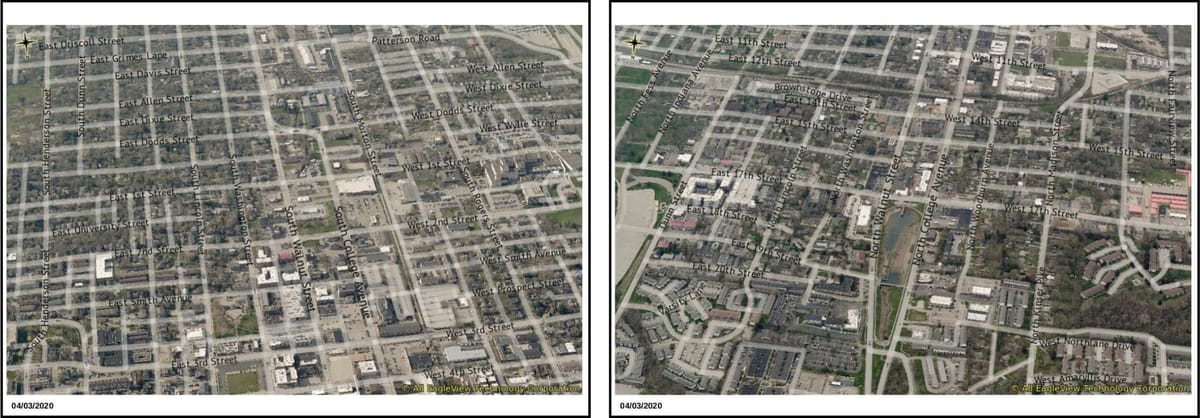
After seeing a lot of activity in 2023, Bloomington's study of the College Avenue and Walnut Street corridor has been quiet for at least a year.
But at Tuesday night's board of public works meeting, the study received a boost in funding and an expanded scope of work. The College-Walnut corridor is the main north-south route through town, which is currently made up of two one-way pairs of streets,
The original contract with Toole Design Group, to do the corridor study, was approved in 2022 for $170,000. Tuesday's approval by the three-member board of public works authorized $94,682 more, for a total of $264,682. The additional money will be used for an expanded scope of work, which will among other things now include an additional 23 intersections—beyond the four main intersections that were originally selected for analysis.
On Tuesday, planning services manager Ryan Robling told the board that the additional analysis is meant to ensure that turning movements and traffic through all the intersections in the corridor will be viable with either of the two alternatives that could be recommended.
Other than maintaining the status quo, with no changes, the alternatives would be: (1) to keep the one-way pairs, but add safety improvements including possibly multimodal path options or (2) to convert both College Avenue and Walnut Street to two-way traffic. Toole Design will now be delivering 2D designs for every intersection in the corridor, Robling said.
The expanded analysis will evaluate vehicle operations using updated morning and afternoon peak hour models, and assess traffic performance metrics like intersection delay, Level of Service (LOS), volume-to-capacity ratios, and queue lengths. Scenarios for traffic signal timing will be evaluated to optimize traffic flow and could include adjustments to left-turn phases, pedestrian/bicycle intervals, and side-street timings, according to the memo in the board's meeting information packet.
Most of the work in the original scope of the study was completed, Robling told the board, but "we hit a road block." The additional analysis is meant to clear the road block.
Robling told the board that starting probably in May there would be additional public outreach at physical locations along the corridor, as well some events at city hall. The contract with Toole Design now expires at the end of October 2025.
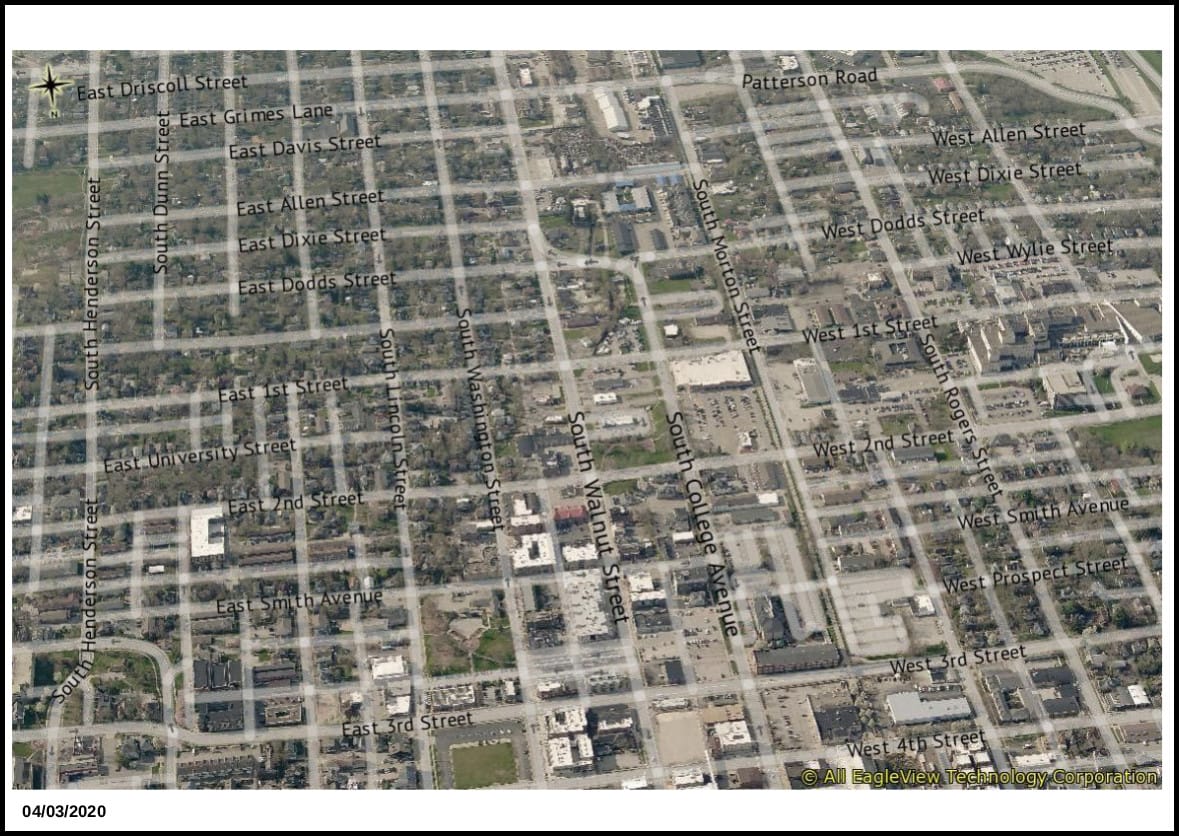
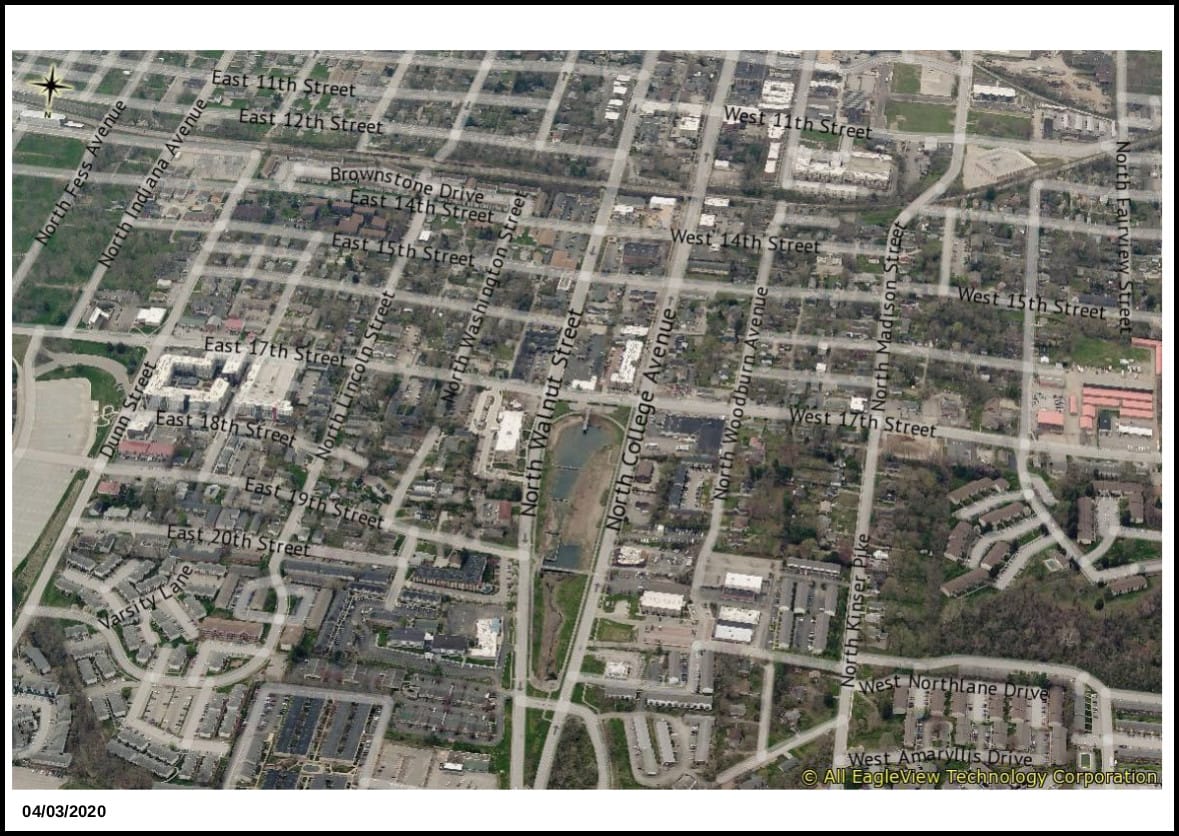
Both images look south along the Walnut Street and College Avenue corridor. The left image shows the southern end of the study area, at Dodds Street. The right image shows the northern end of the study area at the SR 45/46 bypass. Both images are from Monroe County's property lookup system.

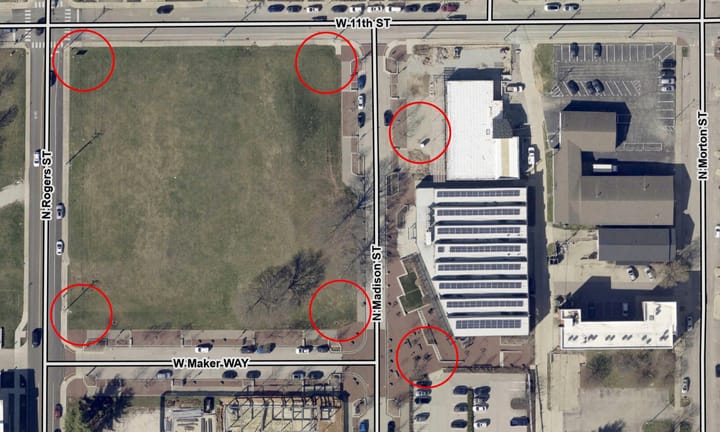
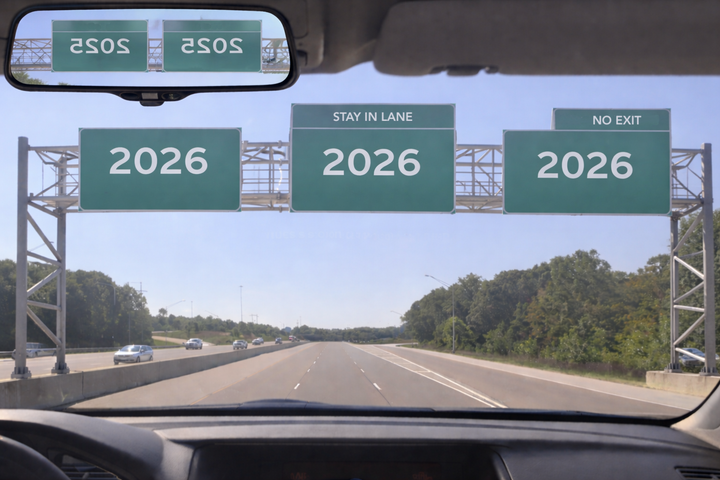
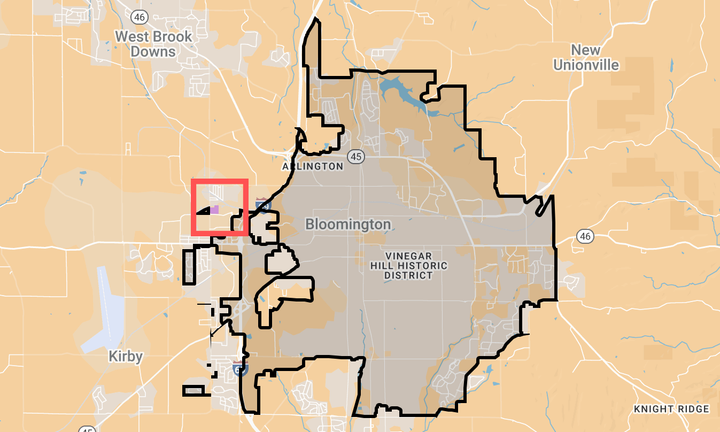
Comments ()